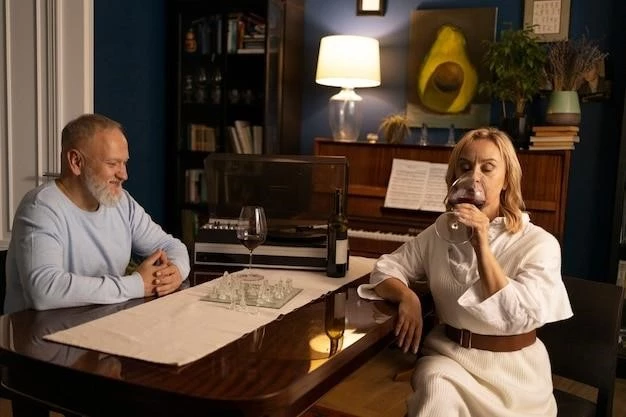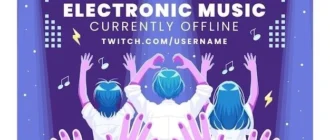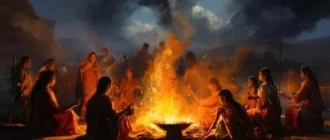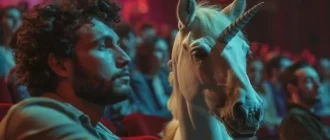The Art of Storytelling: A History of Narrative Communication
The art of storytelling is as old as humanity itself. From the earliest cave paintings to the latest blockbuster movies, humans have always been drawn to narratives. Stories provide us with a way to make sense of the world around us, to connect with others, and to explore our own emotions and experiences.
The earliest forms of storytelling were likely oral, passed down from generation to generation through word of mouth. These stories served a variety of purposes, including entertainment, education, and cultural preservation. Early humans used stories to teach their children about the natural world, to explain the origins of the universe, and to share their beliefs and values.
As societies developed, so too did the art of storytelling. With the invention of writing, stories could be recorded and shared more widely. Ancient civilizations developed elaborate systems of mythology and legend, which served as a way to explain the world and to provide a sense of order and meaning.
The Rise of the Novel
The invention of the printing press in the 15th century revolutionized the way stories were shared. Books became more affordable and accessible, and the novel emerged as a new form of storytelling. Novels allowed authors to explore complex characters and themes in greater depth than ever before.
The 18th and 19th centuries saw a golden age of the novel, with authors such as Jane Austen, Charles Dickens, and Leo Tolstoy producing works that continue to be read and admired today. These authors used their stories to explore social issues, to comment on the human condition, and to entertain their readers.

The Development of Modern Storytelling
The 20th century saw the rise of new forms of storytelling, including film, radio, and television. These new media allowed stories to be shared with even wider audiences, and they also opened up new possibilities for storytelling. Film, in particular, allowed for a more immersive and cinematic experience, while radio and television provided a more intimate and personal connection with the audience.
The advent of the internet in the late 20th century has further revolutionized storytelling. Online platforms such as YouTube and Netflix have made it easier than ever for people to create and share their own stories. Social media has also become a powerful tool for storytelling, allowing people to connect with others and share their experiences in real time.

The Power of Storytelling
Storytelling is a powerful tool for communication, education, and entertainment. Stories have the power to:
- Connect us to others: Stories allow us to share our experiences and to learn about the experiences of others. They can help us to understand and empathize with people from different cultures and backgrounds.
- Teach us about the world: Stories can teach us about history, science, and the human condition. They can help us to understand complex ideas and to make sense of the world around us.
- Inspire us: Stories can inspire us to be better people, to achieve our goals, and to make a difference in the world.
- Entertain us: Stories can provide us with a much-needed escape from the stresses of daily life. They can make us laugh, cry, and think.
The art of storytelling has evolved over centuries, from the earliest oral traditions to the latest digital platforms. But the power of stories remains the same: they connect us, teach us, inspire us, and entertain us. Storytelling is an essential part of the human experience, and it will continue to be a powerful force in our lives for generations to come.










